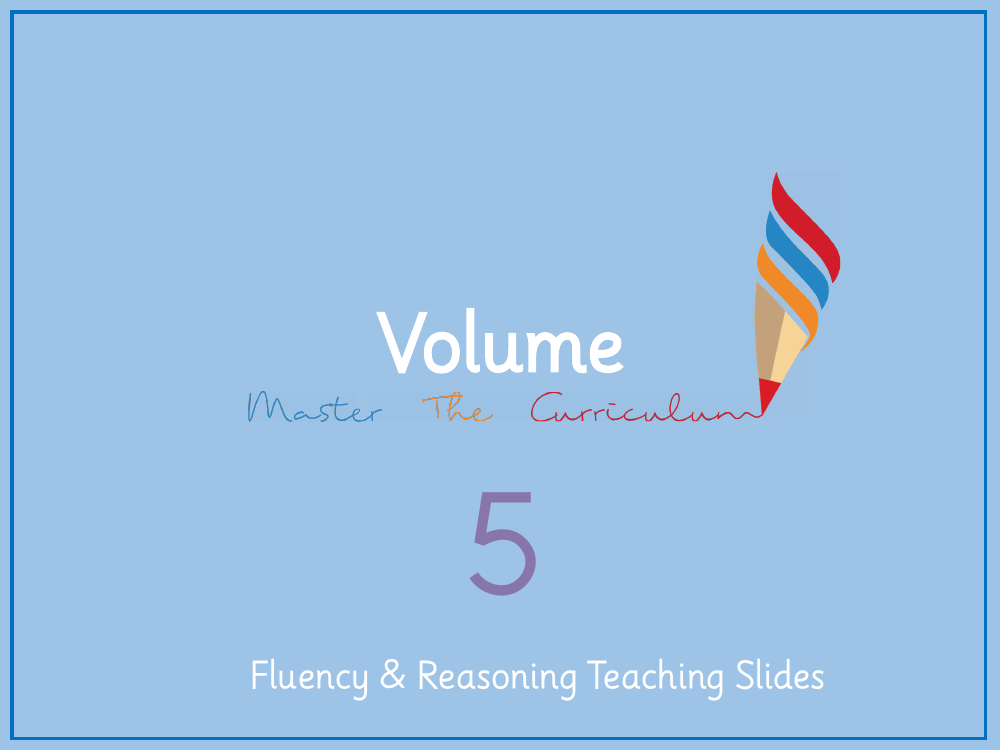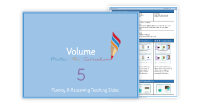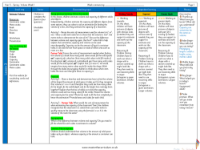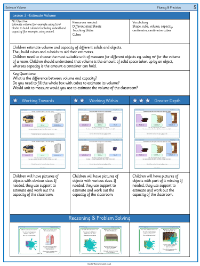Volume - Estimate Volume - Presentation

Maths Resource Description
In the third lesson of a series on volume, students are introduced to the concept of estimation. They are encouraged to understand the meaning of 'estimate' and explore why it is beneficial to make an educated guess before proceeding to precise calculations. The lesson prompts students to discuss the difference between volume and capacity, two terms that are often confused. Volume refers to the amount of space an object occupies, measured in cubic units, while capacity is about how much a container can hold, usually referring to liquids. Through a series of activities, the pupils are tasked with estimating the volume of various objects and matching them to their estimated capacities, provided in cubic centimetres (cm³).
Activities in the lesson plan involve practical, hands-on learning, such as using a box or drawer and filling it with cubes to estimate its volume. Students are encouraged to think critically about whether they need to fill the entire box to make a reasonable estimate. Further exercises include estimating the capacity of the classroom and discussing the appropriate units of measure for different contexts. The lesson also includes reasoning tasks, where students evaluate the accuracy of volume estimates made by fictional peers and provide explanations for their reasoning. Independent work reinforces the concepts learned, challenging students to estimate and calculate volumes, and consider the possibility of different shapes having the same volume.


